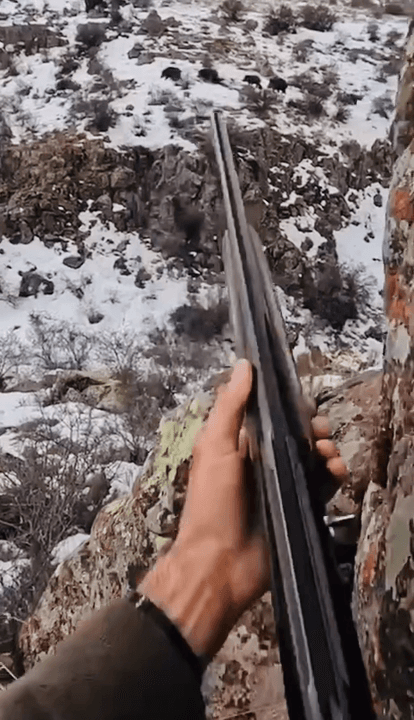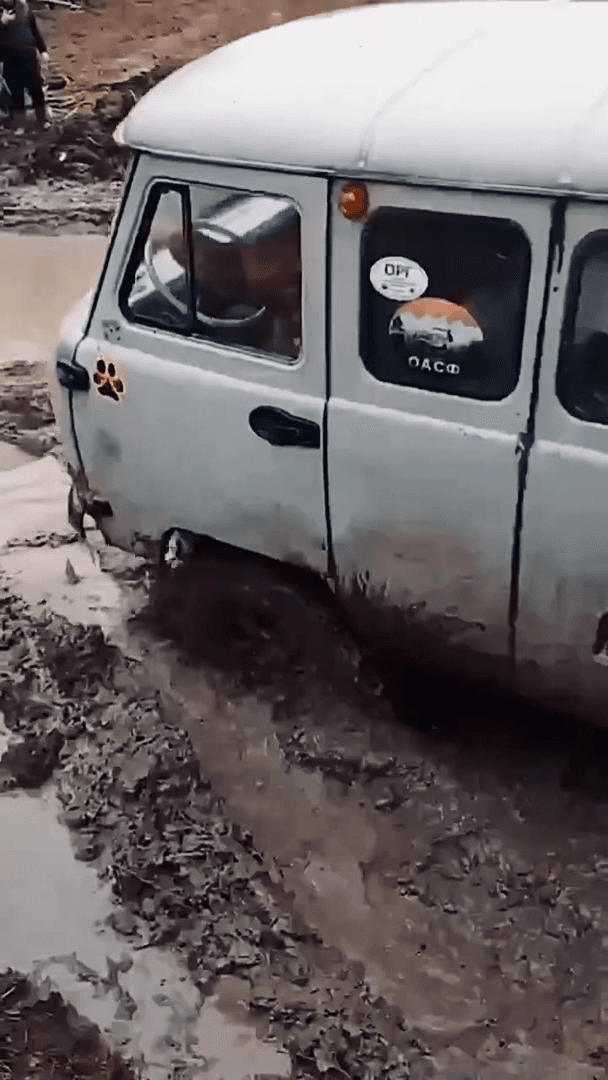
Jagd im Bezirk Vorderland (Kanton Appenzell Ausserrhoden), Schweiz: Eigenschaften, Jagdstrategien, Wildarten, Jagdsaisons, Verbände, Lizenzen und Traditionen Geografische und natürliche Merkmale des Bezirks Vorderland für die Jagd Der Bezirk Vorderland im Kanton Appenzell Ausserrhoden bietet eine vielfältige Landschaft, die sich hervorragend für die Jagd eignet. Die Region ist geprägt von sanften Hügeln, dichten Wäldern und ausgedehnten Weidelandschaften. Diese Lebensräume unterstützen eine Vielzahl von Wildtieren, darunter Hirsche, Rehe, Gämsen und Wildschweine. Die alpine Topografie mit ihren steilen Hängen und tiefen Tälern stellt eine Herausforderung dar und ermöglicht gleichzeitig eine reichhaltige Jagderfahrung. Die klare Luft und die malerischen Ausblicke machen den Bezirk zu einem beliebten Ziel für Jäger. Jäger und Demografie des Bezirks Vorderland Im Bezirk Vorderland gibt es eine aktive Jagdgemeinschaft mit etwa 150 aktiven Jägern. Diese Jäger sind gut organisiert und en
Post: 31 July 12:18














































